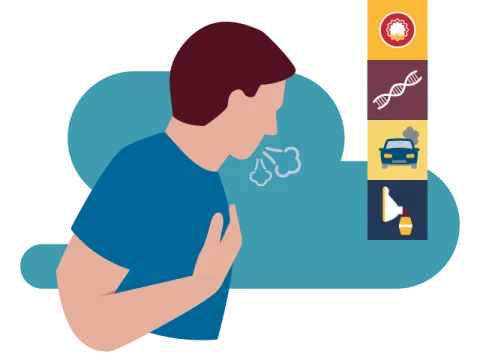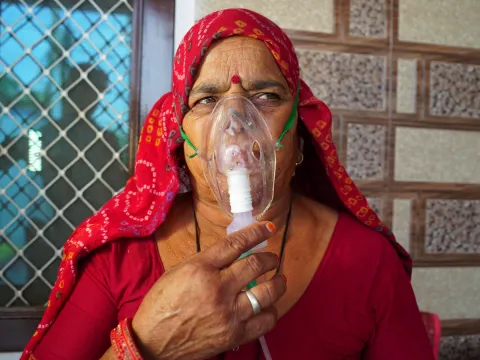
Key facts
A leading cause of death
The third leading cause of death globally is a chronic respiratory disease – chronic obstructive pulmonary disorder, or COPD.
Inextricable from planetary health
Key drivers of the climate crisis are also the most common risk factors of chronic respiratory diseases. Alignment of global priorities can bring the most effective solutions.
Unequal burden, inequitable access to care
Exposure to tobacco and air pollution is higher in lower income countries and communities, which also face more barriers in accessing care.




